November 11 is Singles’ Day in China, traditionally a holiday for bachelors and a day to celebrate singlehood. The commercial holiday, which is also known as “Double 11” is now a 24-hour shopping frenzy, similar to Black Friday in the West, with shops, restaurants, and other establishments across pretty much all sectors offering big discounts. If you’re in China and considering to gift yourself a new smartphone for Singles’ Day, then take a look at the camera capabilities of four of the most interesting 2021 smartphones available in China. And you don’t have to be single to get one.
Please note that we were hoping to include the brand new Vivo X70 Pro+ in this list, but we haven’t finished testing the device’s camera yet. Keep an eye on the site as we’ll publish the Vivo’s test results soon.
Oppo Reno 6 Pro+: Nice textures and good video at an attractive price point
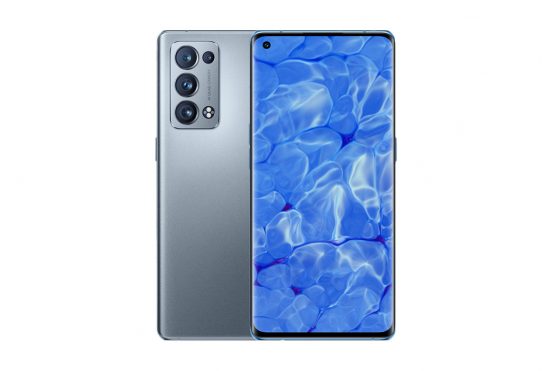
The Reno6 Pro+ is the top-end model in Oppo’s Reno line. Despite a lower price tag than the other devices in this list, which puts it in our Premium segment, the Reno6 Pro+ comes with a spec sheet that would not look out of place on a more expensive phone. Images can be composed and viewed on a 6.55-inch display with 2400 x 1080 pixels resolution and a 90Hz refresh rate. The device is powered by Qualcomm’s Snapdragon 870 chipset and up to 12GB RAM, and the 256GB of built-in storage ensures that lack of memory is never an issue.
The rear camera is built around a 1/1.56″ 50 MP sensor in the primary module. Additional 16 MP and 13 MP modules provide ultra-wide and 2x tele capabilities, respectively. On the hardware side of things, there is also a dedicated macro lens for photographers who want to get really close to the subject. Video shooters can record 4K footage at up to 60 frames per second.
In practice, the promising package delivers, and with a DXOMARK Camera overall score of 121, the Oppo Reno6 Pro+ makes it into the top 10 of the Premium segment ($600-$799). Detail is high in most conditions in both photo and video modes, but some image noise tends to be visible, too. Exposure remains good until light levels get very low but in video mode dynamic range is a little limited, so it’s best to avoid scenes with large differences in brightness. On the plus side, white balance is stable in video recordings. When capturing photos we could often see color casts, though.
The autofocus works accurately in stills mode and reliably reacts to scene changes when recording video. Overall this makes the Oppo Reno6 Pro+ a smartphone that consistently delivers decent image results across all shooting modes and scenarios, without breaking the bank.
For more information, including many image and video samples, click through to the full DXOMARK Camera review of the Oppo Reno 6 Pro+.
Xiaomi Mi 11 Ultra: Great across the board
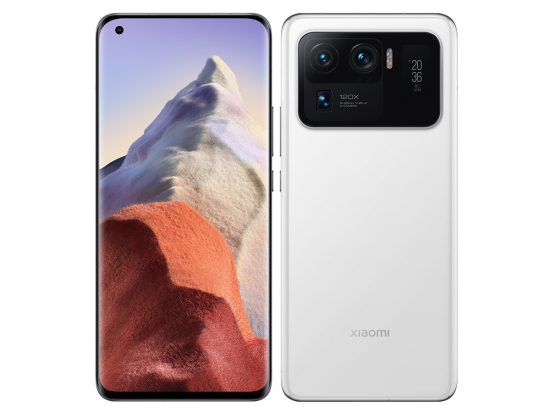
Xiaomi flagship devices have consistently featured innovative camera technology over recent years, and the current model, the Mi 11 Ultra is no exception. The 1/1.12″ Samsung ISOCELL sensor in the primary camera is one of the biggest we have seen on a smartphone, and the new Dual Pixel Pro autofocus should offer better reliability in difficult conditions. A time-of-flight (ToF) sensor helps focus on close subjects and in night shots, while a multispectral color temperature sensor contributes to the optimization of white balance and color rendering. The sensor also comes with different HDR rendering methods and the ability to pick the most suitable one for each given situation.
The primary camera is assisted by a 48 MP ultra-wide and a 120mm-equivalent and stabilized 48 MP tele, both with a fairly large 1/2″ sensor. In video mode the camera can record 8K footage at 24 fps and 4K at 60 fps. At the latter resolution the frame rate is variable and in low light the camera automatically reduces the frame rate to 30 fps to better control noise. Non-camera specs include a 6.8-inch AMOLED display with 120Hz refresh rate and a Qualcomm Snapdragon 888 chipset.
Impressive specs and features don’t necessarily translate into outstanding image quality, but they do in the case of the Mi 11 Ultra. With a DXOMARK Camera overall score of 143, the Xiaomi Mi 11 Ultra delivers test results that are outstanding in many areas. The Xiaomi is currently the second-ranked device in our Camera category, just one point behind the Huawei P50 Pro. In Photo, mode performance is excellent across all test categories, with an outstanding texture/noise balance, wide dynamic range, a fast and reliable autofocus system, and a preview image that is very close to the final output.
The Xiaomi Mi 11 Ultra is also among the very best when it comes to zooming, thanks to an excellent ultra-wide camera that has a very good dynamic range. At the other extreme of the zoom range, the tele-lens captures very good detail at all zoom factor settings. Fusion artifacts at intermediate tele settings are the only real point of criticism in the zoom department.
Like for stills, the camera doesn’t have any real weaknesses in video mode and delivers great results across the board. The 4K footage has great detail and low noise, while the wide dynamic range helps avoid clipping in difficult conditions. The autofocus system works well for tracking moving subjects, too. Whether you’re a stills or video user, the Xiaomi Mi 11 Ultra is an easy recommendation to any mobile content creator.
For more information, including many image and video samples, click through to the full DXOMARK Camera review of the Xiaomi Mi 11 Ultra.
Apple iPhone 13 Pro Max: Apple flagship performance with class-leading video
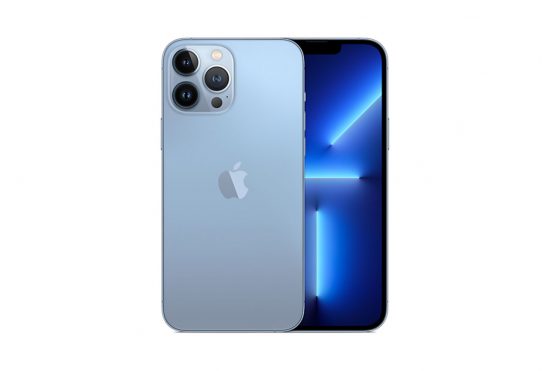
The 13 Pro Max is Apple’s latest iPhone, featuring a 6.7-inch Super Retina XDR display with 1284 x 2778 pixels resolution, Apple’s latest A15 Bionic chipset and up to 1TB of internal storage. It uses the same camera setup as the slightly smaller 13 Pro, a 12 MP primary module with sensor shift OIS and Dual Pixel AF, a 12 MP ultra-wide with a very wide 13mm equivalent field of view and a 77mm equivalent tele with OIS that also captures 12MP files. In video mode, the 13 Pro Max can record 4K footage at several frame rates, from 24 to 60 fps. HDR recording with Dolby Vision is possible, and the camera app comes with the new cinematic mode for recording videos with shallow depth of field, similar to bokeh mode for stills.
With a DXOMARK Camera overall score of 137, the Apple iPhone 13 Pro Max makes it among the very best devices in our camera ranking, thanks to vivid colors, nice skin tones and a generally very reliable performance, with the camera consistently producing high-quality images in all situations. Overall the 13 Pro Max’s image files are pretty close to those of last year’s iPhone 12 Pro Max, but improvements have been made in several key areas.
Color and contrast on backlit portraits and images have been improved, allowing for higher levels of detail, especially when shooting under indoor lighting. Thanks to a longer 3x tele lens, zoom performance has improved as well, but image noise is still often visible, like on the iPhone 12 series.
Improvements are not limited to stills capture and video recording on the new iPhone is better than ever as well. Exposure is now very stable, even when the scene is changing. The autofocus system tracks moving subjects superbly, and any refocusing is done very smoothly, making the iPhone 13 Pro Max the currently best device in our ranking for video shooters.
For more information, including many image and video samples, click through to the full DXOMARK Camera review of the Apple iPhone 13 Pro Max.
Huawei P50 Pro: Excellent all around
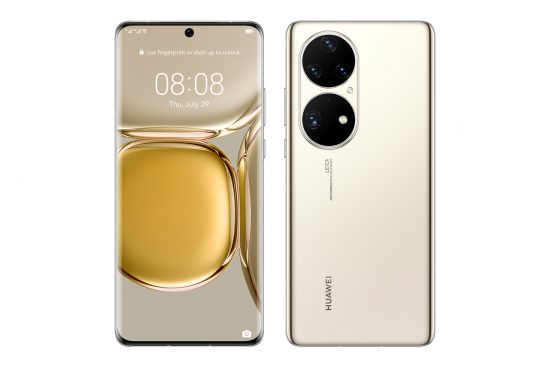
The P50 Pro is Huawei’s latest flagship phone and is packed with top-end components in all areas. It features a 6.6-inch OLED display with 120Hz refresh rate and is powered by Huawei’s latest Kirin 9000 chipset and up to 12GB of RAM. Up to 512GB of internal storage offer plenty of space for your photo and video files.
The primary camera has a large 50 MP sensor with a fast stabilized lens. The 13 MP ultra-wide camera offers a very wide 13mm-equivalent field of view, and a 90mm equivalent stabilized tele camera with 64 MP sensor allows you to zoom into the scene. A monochrome sensor improves fine detail rendering and reduces noise, especially in low light. In video mode, the camera can record 4K footage at up to 60 frames per second for smooth high-resolution video clips.
In our tests, the P50 Pro delivered on the spec sheet’s promises. With an overall score of 144, the Huawei P50 Pro is currently reigning No. 1 in the DXOMARK Camera ranking. Still image quality is outstanding in all conditions, with results in all sub-categories that are the best or among the best we have seen. The only area for improvement is preview, because of the significant differences between preview images and final captures, especially in terms of dynamic range.
The P50 Pro is also currently the best phone you can get for zooming. Image results from both the ultra-wide camera as well as the tele module are the best we have seen to date. It’s not the best option for video shooters but pretty close, too. The texture/noise balance is not quite as good as on the very best, but the autofocus works superbly in video mode and color; exposure and stabilization are all very good, too. The P50 Pro is the do-it-all mobile camera that won’t let you down even in the most challenging photographic situations.
For more information, including many image and video samples, click through to the full DXOMARK Camera review of the Huawei P50 Pro.






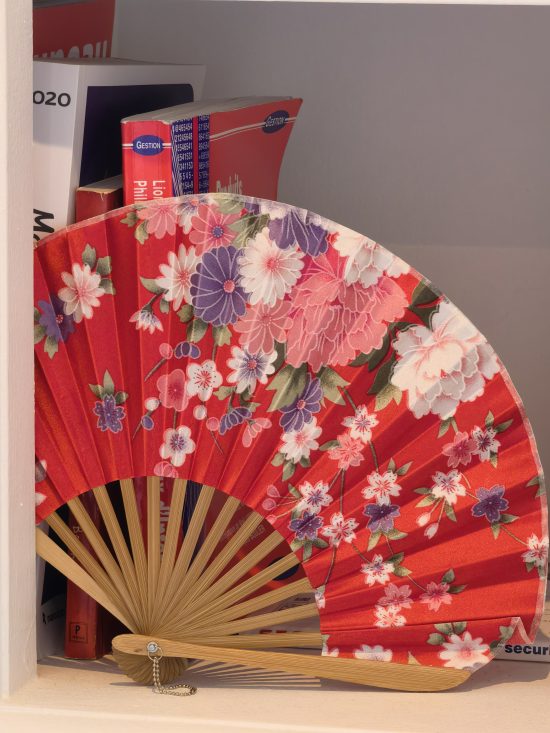
DXOMARK encourages its readers to share comments on the articles. To read or post comments, Disqus cookies are required. Change your Cookies Preferences and read more about our Comment Policy.